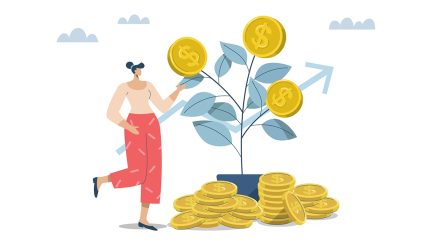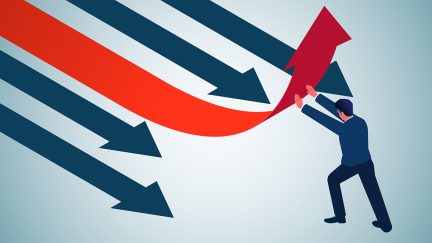Never miss a story — sign up for PLANSPONSOR newsletters to keep up on the latest retirement plan benefits news.
Retirement System Problems Contribute to Financial Inequality
Researchers contend that financial asset inequality is exacerbated by regressive tax incentives for retirement savings and unequal access to employer-provided retirement plans, and they offer suggesting for addressing this.
Financial asset inequality among Americans continues to increase, and combined with dangerously low retirement savings among most households, poses a significant threat to retirement for working Americans, researchers say in an Issue Brief released by the National Institute on Retirement Security (NIRS).
The researchers contend that financial asset inequality is exacerbated by regressive tax incentives for retirement savings and unequal access to employer-provided retirement plans.
They found that the share of Baby Boomer financial assets owned by the wealthiest 5% of households in this generation grew from 52% in 2004 to 60% in 2016. Over the same time period, the share of financial assets owned by the top 10% of Baby Boomer households grew from 68% to 75%, and the share owned by the top 25% grew from 86% to 91%. The share of assets owned by the bottom 50% of Baby Boomer households shrank from 3% in 2004 to less than 2% in 2016.
The data shows Generation X and Millennials appear to have reached comparable degrees of financial asset concentration among the wealthiest households as Baby Boomers, at younger ages.
A 2018 NIRS report analyzing U.S. Census Bureau data found deeply inadequate retirement savings levels among working age Americans. More specifically, the median retirement account balance among all working individuals is $0.00, and 57% of working age individuals do not own any retirement account assets in an employer-sponsored defined contribution (DC) plan, individual retirement account (IRA) or pension.
The researchers say in the current report that the lack of retirement plan access is largely to blame.
The current Issue Brief also points out that Social Security provides critical retirement income for a large majority of Americans. The program has a progressive benefit structure that helps lower-income Americans retire above the poverty line and helps retirees keep up with generational improvements in the standard of living. However, the Social Security tax structure has become increasingly regressive over time. The cap on earnings subject to Social Security payroll taxes, known as the tax max, has failed to keep up with increasing earnings inequality. Even though the share of workers with earnings above the tax max has remained relatively stable for decades at about 6%, the system captures a smaller and smaller share of U.S. earnings every year.
The researchers offer suggestions for improving the financial asset inequality that is caused by retirement system issues. First, the President and Congress could strengthen Social Security. Eliminating the earnings cap would increase revenues for the program, which would help to improve the Social Security trust fund’s funding shortfall. These increased revenues could also finance improvements to the program, such as more generous benefits for lifetime lower-income earners and earnings credits for those who take time out of the workforce to provide caregiving.
Second, the researchers say, states can play an important role by creating state-facilitated retirement savings plans for those who are not offered a plan through their employer. This will provide a meaningful wealth-building opportunity for workers who lack access to employer-sponsored plans. Ten states so far have established retirement savings plans for workers without a plan. After just two years of operation, Oregon workers are accumulating $2.5 million per month through the state’s auto-IRA program.
Of note, however, U.S. Attorneys have filed a Statement of the Interest of the United States in a lawsuit, offering evidence that California’s state-run auto-IRA program is preempted by the Employee Retirement Income Security Act (ERISA).
Finally, the researchers suggest the federal government could act to improve and promote the federal Saver’s Credit. They say the rapid phase-out at low income levels and lack of refundability restrict the credit’s effectiveness. The average credit in 2014 was only $174, and the cost to the federal government was miniscule compared to the tax expenditures that subsidize the savings of higher-income earners through 401(k) tax provisions.You Might Also Like:
Digital Platform Her Agenda Teams With Ad Council, AARP to Spotlight ‘Pretirement’ for Women
Middle Class Financial Resilience Remains Greater Than Historical Norms, but Pressure Mounts
Despite Strong Participation Rates, Many Nurses Face Savings Shortfall
« Several Strategies Help DB Plan Sponsors Manage Financial Risks


